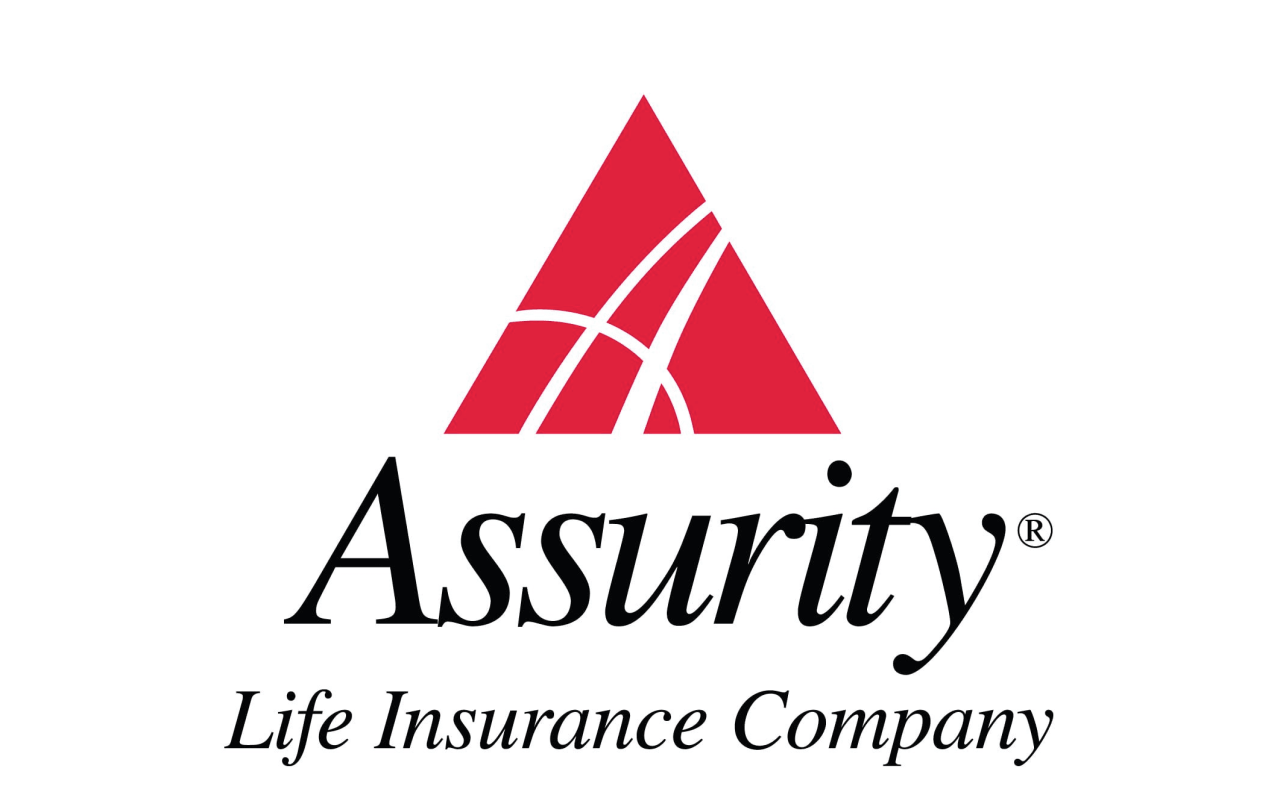Delve into the realm of top accident and disability insurance providers as we uncover key details about the leading companies and their offerings. This introduction sets the stage for an informative journey that promises valuable insights and expert guidance.
Detailed information about the topic will follow in the subsequent paragraphs.
Top Accident and Disability Insurance Providers

Accident and disability insurance are crucial for protecting individuals against unforeseen events that may lead to financial hardship. Here are the top 5 providers known for their reputation and coverage options:
Allstate
Allstate is a well-known insurance provider offering accident and disability coverage with a focus on personalized service and comprehensive benefits. They provide a range of options to suit different needs and budgets, making them a popular choice among consumers.
MetLife
MetLife is another top provider known for its reliable accident and disability insurance offerings. They are known for their competitive pricing and extensive coverage options, making them a popular choice for individuals looking for quality protection.
State Farm
State Farm is a reputable insurance provider with a strong reputation for excellent customer service and reliable coverage options. They offer a variety of accident and disability insurance plans tailored to meet the diverse needs of their customers.
Prudential
Prudential is a trusted name in the insurance industry, known for its solid financial stability and comprehensive accident and disability coverage options. They offer competitive pricing and a range of benefits to ensure their policyholders are well-protected.
Aflac
Aflac is a well-known provider of supplemental insurance, including accident and disability coverage. They are known for their fast claims processing and additional benefits that provide extra peace of mind to policyholders.These top providers offer a variety of pricing and benefits to cater to different needs and budgets.
It’s essential to compare their offerings carefully to choose the best option that suits your requirements.
Coverage Options

Accident and disability insurance providers offer a range of coverage options to protect individuals in case of unexpected events. These policies are designed to provide financial support when accidents or disabilities prevent individuals from working and earning an income.Accident insurance typically covers medical expenses, hospital stays, and rehabilitation costs resulting from accidents.
On the other hand, disability insurance provides income replacement if a person becomes unable to work due to a disability. It is important to note that disability insurance may be short-term or long-term, depending on the policy.
Types of Coverage
- Accident Insurance: Covers medical expenses, hospitalization, and rehabilitation costs after an accident.
- Disability Insurance: Provides income replacement if a person is unable to work due to a disability.
- Short-Term Disability Insurance: Offers temporary income replacement for a limited period.
- Long-Term Disability Insurance: Provides more extended income replacement for long-lasting disabilities.
Common Scenarios
- A person gets injured in a car accident and requires medical treatment. Accident insurance would help cover the medical expenses.
- An individual suffers a disabling injury at work and is unable to continue working. Disability insurance would provide income replacement during this period.
- Someone develops a chronic illness that prevents them from working for an extended period. Long-term disability insurance would support them financially in such a situation.
Application Process
When applying for accident and disability insurance, the process typically involves filling out an application form provided by the insurance provider. This form will require you to provide personal information, details about your occupation, medical history, and any pre-existing conditions.
Key Factors Considered
- Medical History: Insurance providers will assess your medical history to determine the level of risk you pose. Pre-existing conditions may affect your eligibility or the coverage offered.
- Occupation: The nature of your occupation plays a role in assessing the risk of accidents or disabilities. High-risk occupations may result in higher premiums.
- Age and Lifestyle: Factors such as age, lifestyle choices, and habits like smoking or drinking may also impact your eligibility and coverage options.
- Policy Limits: Insurance providers will consider the coverage limits you choose, as well as any additional riders or benefits you opt for.
Tips for First-Time Applicants
- Be Honest: Provide accurate and complete information on your application to avoid any issues with claims in the future.
- Compare Options: Research different insurance providers and policies to find the best fit for your needs and budget.
- Understand the Policy: Make sure you understand the terms, coverage limits, exclusions, and any additional benefits included in the policy.
- Seek Professional Advice: If you’re unsure about any aspect of the application process or policy details, consider consulting with an insurance agent or financial advisor.
Claim Process
When it comes to filing a claim for accident or disability insurance, there are specific steps that need to be followed to ensure a smooth process. It is crucial to understand the documentation required and common challenges that policyholders may face during the claims process.
Steps Involved in Filing a Claim
- Contact your insurance provider as soon as possible after the accident or onset of disability to initiate the claim process.
- Fill out the necessary claim forms provided by the insurance company, ensuring all information is accurate and complete.
- Submit any required documentation to support your claim, such as medical records, police reports, and proof of loss of income.
- Cooperate with any investigations or assessments conducted by the insurance company to evaluate your claim.
- Wait for a decision from the insurance company regarding the approval or denial of your claim.
- If approved, receive your benefits according to the terms of your policy.
Documentation Required to Support a Claim
- Medical records documenting the injuries sustained in an accident or the medical condition causing disability.
- Police reports or incident reports detailing the circumstances of the accident, if applicable.
- Proof of loss of income, such as pay stubs or tax returns, to support a disability claim.
- Any other relevant documentation requested by the insurance company to evaluate the claim.
Common Challenges Faced by Policyholders During the Claims Process
- Delays in processing claims due to incomplete or inaccurate information provided by the policyholder.
- Disputes over the cause of the accident or the extent of disability, requiring additional documentation or expert opinions.
- Denial of claims based on policy exclusions or limitations that may not have been fully understood by the policyholder.
- Difficulty communicating with the insurance company or understanding the claims process, leading to confusion and frustration.
- Appeals process in case of claim denial, which can be time-consuming and require additional documentation and evidence to support the claim.
Summary

Concluding our discussion on top accident and disability insurance providers, this final section encapsulates the main points discussed and leaves readers with a comprehensive understanding of the subject matter.
Query Resolution
What factors do insurance providers consider when assessing eligibility for accident and disability insurance?
Insurance providers typically evaluate factors like age, health history, occupation, and lifestyle habits when determining eligibility for accident and disability insurance.
Is there a difference between accident insurance and disability insurance?
Yes, accident insurance provides coverage for injuries resulting from accidents, while disability insurance offers financial protection in case of a disability preventing work.
What are common scenarios where accident and disability insurance coverage would be beneficial?
Examples include accidents resulting in injuries, disabilities leading to inability to work, and medical conditions necessitating long-term care.









